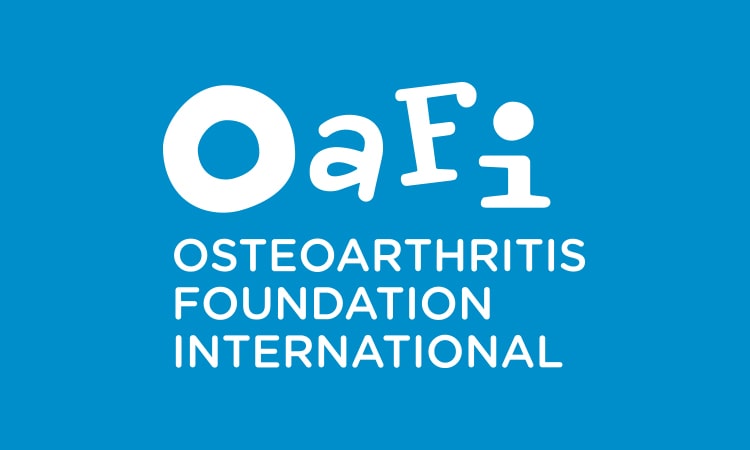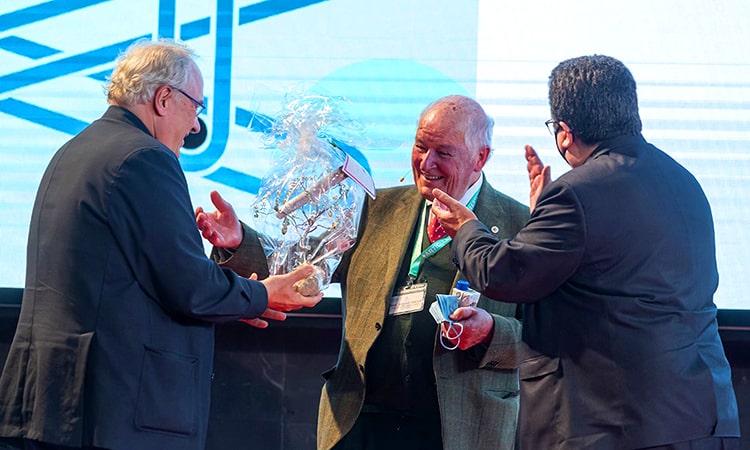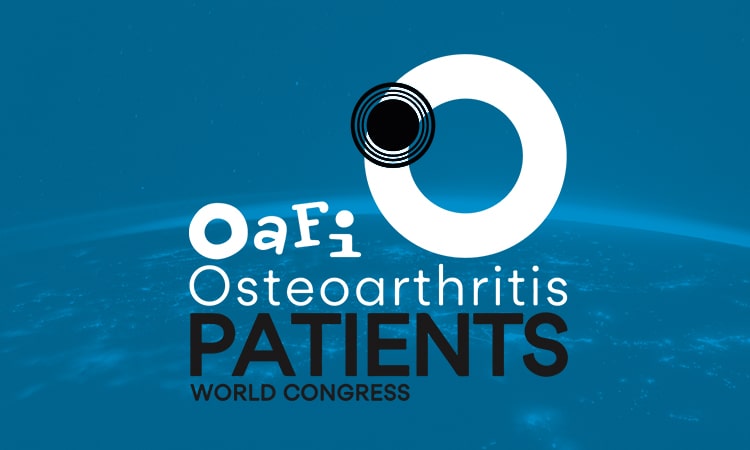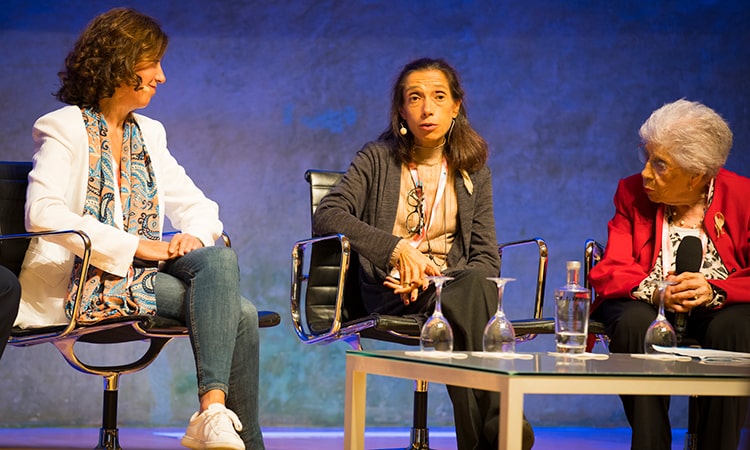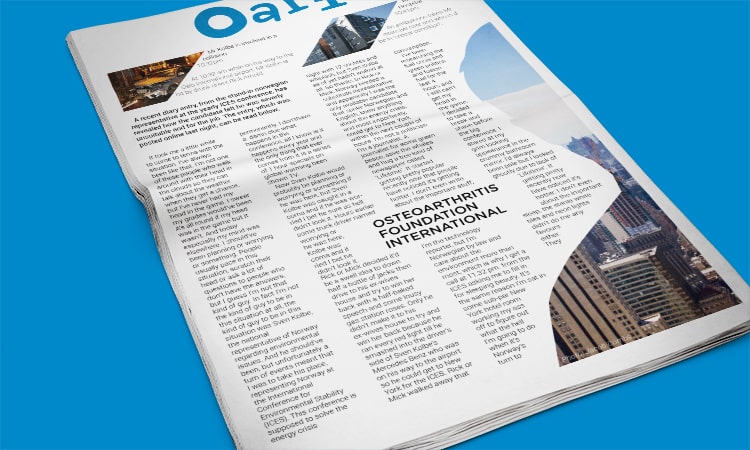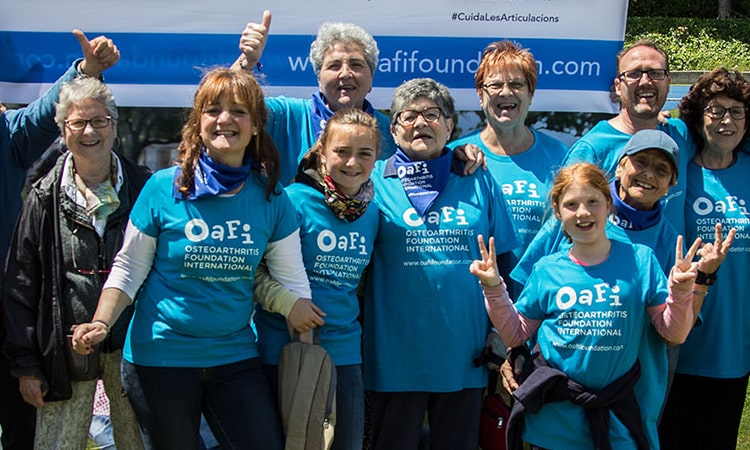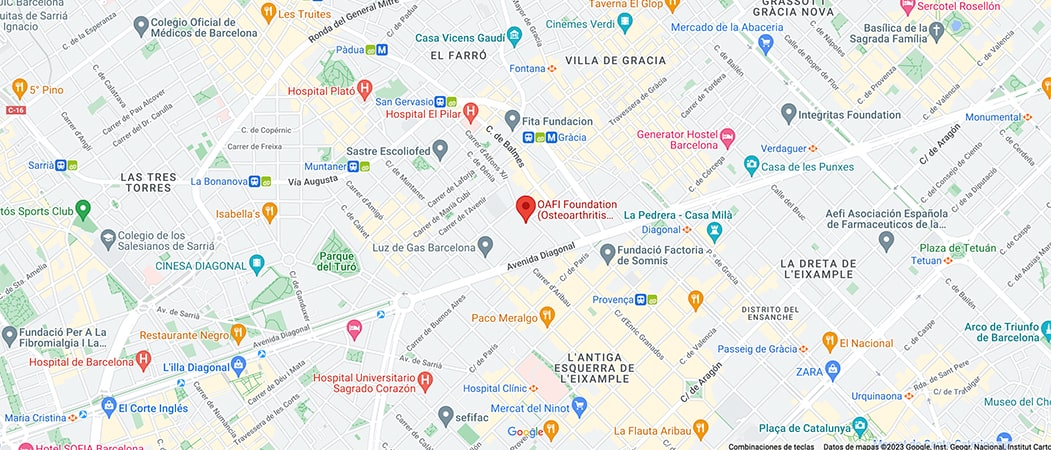- Foundation
- Actions
- Osteoarthritis
- Actuality
- OAFI Radio/TV
- Get Involved
- Contact
OAFI
Osteoarthritis International FoundationC/ Tuset, 19 · 3º 2ª
08006 Barcelona
(+34) 931 594 015
info@oafifoundation.comSchedule:
Monday-Thursday 9AM-6PM
Friday 8AM-3PM
-

-

-

Basic recommendations for Osteoarthritis care
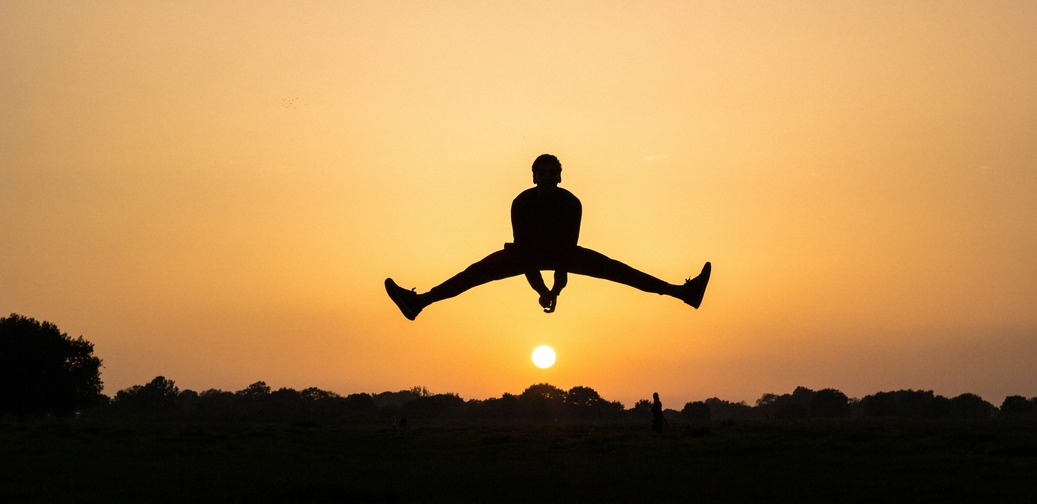
Article courtesy of Dr. Francisco Castro-Domínguez, Chief of Section, Rheumatology Service, Centro Médico Teknon, Barcelona. Coordinator of OA SER Working Group, ARTROSER, Spanish Society of Rheumatology.
Non-pharmacological treatment recommendations and strategies are the most basic part of osteoarthritis treatment and are recommended for all people suffering from osteoarthritis, as they can improve symptoms with minimal risk of side effects.
People who try these recommendations experience varying degrees of improvement in their osteoarthritis pain and ability to perform daily activities.
These recommendations and non-pharmacological strategies are generally the first strategies that physicians recommend and we recommend them to all patients.
Weight loss recommendations
Overweight and obesity are strongly associated with the development of osteoarthritis and with worsening of the disease over time.
Weight loss is recommended for all patients with a body mass index greater than 25. This is calculated by dividing the kilograms of weight by the square of the height in meters.
In overweight and obese people, weight loss of 10 percent of their body weight can decrease their pain by up to 50 percent when achieved through a combination of diet and exercise.
Weight loss should be combined with muscle strengthening exercises to minimize the loss of muscle mass.
Losing weight also helps improve other health problems that many people with osteoarthritis have, such as high cholesterol, high blood pressure and diabetes (“high blood sugar”), and this is no small matter, as these are all cardiovascular risk factors that increase mortality.
Physical exercise
Physical therapy and exercise recommendations improve flexibility and strengthen the muscles surrounding the joints. People who do regular gentle/moderate, non-impact exercise despite their osteoarthritis will usually have less pain and better function.
One of the best aerobic exercises, especially for knee, hip and low back osteoarthritis is swimming. However, it may not be beneficial in cases of shoulder or cervical osteoarthritis, so walking on flat ground, preferably on dirt rather than asphalt, or cycling on flat ground are also recommended.
A general rule of thumb is to try to avoid high-impact exercise, such as horseback riding, downhill cycling or running on asphalt without appropriate footwear, and when walking, especially in patients with osteoarthritis of the knee or hip, the use of walking sticks can be beneficial.
In this sense, there are some studies that defend that Nordic walking done in a gentle or moderate way is a good sport for people with osteoarthritis.
Specific isometric and isokinetic strength exercises that help strengthen the muscles associated with the joints are of paramount importance. For example, strengthening the quadriceps and hamstrings is a basic part of treatment for osteoarthritis of the knee. (inforeuma.com/actividad-fisica-y-artrosis-de-rodilla/). Aqua gym, tai chi or therapeutic pilates are also good and generally safe exercises that help in the work of balance and strength so important in the treatment of osteoarthritis.
Diet
There is agreement among experts that both the Mediterranean diet and the Atlantic diet have beneficial effects in the prevention of osteoarthritis.
Scientific studies show that patients with osteoarthritis who follow the Mediterranean or Atlantic diets have a better quality of life.

Recommendations on habits to avoid
Sedentary lifestyle, smoking, stress, insufficient quality night rest, repetitive low impact blows and of course high impact blows to the joints are modifiable risk factors for osteoarthritis. There are others that are not modifiable, such as genere, age and genetics that cannot be changed, but those that are modifiable, we should pay serious attention to them.
Article courtesy of Dr. Francisco Castro-Domínguez, Chief of Section, Rheumatology Service, Centro Médico Teknon, Barcelona. Coordinator of OA SER Working Group, ARTROSER, Spanish Society of Rheumatology.
Photo by Marc Najera en Unsplash
